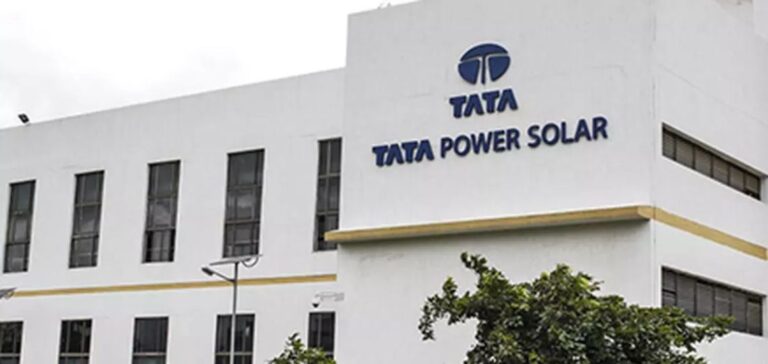Tata Power Renewable Energy Limited (TPREL), a subsidiary of India’s Tata Power Company Limited, has reached an agreement to develop 7 gigawatts (GW) of new energy capacities in the southeastern state of Andhra Pradesh. This agreement covers diversified projects including solar, wind, and hybrid installations, with or without integrated storage solutions. The total estimated investment amounts to approximately 49,000 crore Indian rupees (INR), making it one of the most substantial energy commitments in the region. These developments fall under the state government’s Integrated Clean Energy Policy (ICE), which targets the deployment of 160 GW of renewable capacity statewide.
Operational details of the agreement
Under the terms of the deal, TPREL will oversee preliminary studies and technical-economic feasibility evaluations required for developing the planned energy infrastructure. These assessments will notably include precise identification of potential sites for various installations, factoring in local grid connectivity constraints. In parallel, the New and Renewable Energy Development Corporation of Andhra Pradesh will facilitate administrative procedures, assist with suitable site identification, and support infrastructure for energy evacuation.
Regulatory framework and regional energy targets
This investment aligns directly with Andhra Pradesh’s ICE policy, aiming to attract up to 10 lakh crore INR in renewable energy sector investments. The policy specifically promotes extensive renewable capacity development, facilitating cooperation between private investors and government agencies. Additionally, the agreement includes institutional support mechanisms to expedite authorization processes and accelerate project implementation timelines. The hybrid approach envisioned under this agreement potentially offers greater flexibility in managing installed capacities by integrating multiple energy technologies at single locations, thus optimizing economic and operational efficiency.
Anticipated economic impacts
From an economic standpoint, the magnitude of this investment underscores Andhra Pradesh’s central role in India’s energy landscape, particularly in large-scale hybrid technologies. The projects could significantly stimulate regional economic activity, generating employment directly and indirectly within construction, energy engineering, and long-term maintenance sectors. Furthermore, establishing these infrastructures might structurally transform the local industrial fabric, potentially encouraging industrial diversification linked to energy operations.






















